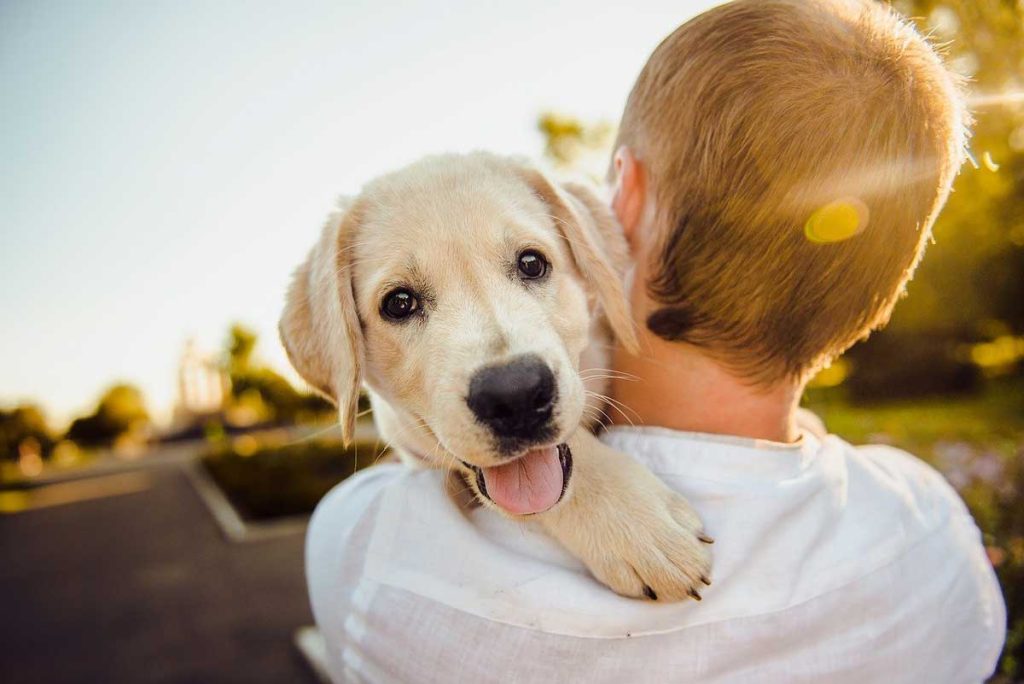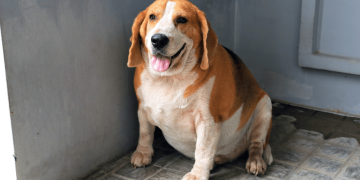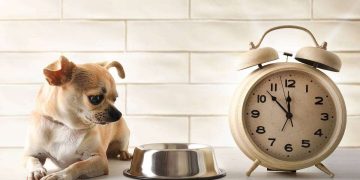Training pets, particularly dogs and cats, requires understanding the balance between positive reinforcement (rewards) and negative reinforcement (punishments). The goal is to shape your pet’s behavior in a way that is both effective and humane. When used properly, rewards and punishments can help your pet learn desirable behaviors and avoid undesirable ones. However, improper use of either can lead to confusion, stress, or even fear-based behaviors.
In this article, we will explore the correct use of rewards and punishments in pet training, providing insights into how to train your pet in a positive, effective manner.
1. The Importance of Positive Reinforcement (Rewards)
Positive reinforcement is the most effective and humane way to train pets. This method involves rewarding your pet for performing a desired behavior, which encourages them to repeat it. Animals, including pets, are more likely to repeat behaviors that are followed by positive outcomes.
Types of Rewards
- Treats: Food treats are the most commonly used reward in pet training. They are highly motivating, especially for dogs. When giving treats, ensure they are small and easy to consume quickly to maintain your pet’s focus during training.
- Praise: Verbal praise, such as saying “Good dog!” or “Well done!” can also be a very effective reward. Some pets, especially cats, respond well to affectionate tones and positive verbal reinforcement.
- Toys: For pets that love play, toys can serve as a reward. Giving your pet their favorite toy after performing a trick can be an excellent motivator.
- Physical Affection: Some pets, particularly dogs, may respond to physical affection, such as petting, belly rubs, or playing with them.
How to Use Rewards Effectively
- Immediate Rewarding: The most important rule of positive reinforcement is to reward your pet immediately after they perform the desired behavior. This helps them associate the reward with the behavior.
- Consistency: Consistency is key when using rewards. Make sure you reward your pet every time they perform the desired behavior, especially in the early stages of training.
- Gradual Fading: Once the behavior becomes more consistent, you can start to reduce the frequency of treats and rely more on praise or affection. This helps prevent your pet from becoming too reliant on food rewards and encourages them to behave even when the reward isn’t given every time.
- Timing: Be sure to reward your pet during the exact moment they perform the desired action. For example, when training a dog to sit, reward them immediately after they sit. Delayed rewards can confuse your pet about what action was being rewarded.
Common Mistakes to Avoid with Rewards
- Rewarding undesired behavior: It’s important not to accidentally reward undesirable behavior, even if the intention is to praise something else. For instance, if your dog jumps on you and you reward them with attention, they may start associating jumping with getting affection.
- Over-rewarding: If you give rewards too often or too lavishly, your pet may become more focused on the reward than the behavior itself. This can result in them not learning the behavior properly.
2. Understanding Negative Reinforcement (Punishments)
Punishment is any consequence that makes a behavior less likely to be repeated. However, it is important to differentiate between negative reinforcement (removing something unpleasant when the desired behavior occurs) and punishment (adding something unpleasant as a consequence of undesirable behavior).
When discussing punishment in pet training, it is critical to ensure that it is done humanely and constructively. Harsh or abusive punishment can harm the relationship between you and your pet, leading to fear, anxiety, and even aggression.
Types of Punishments
- Time-Outs: A time-out involves removing your pet from the situation in which they are misbehaving. For example, if your dog is jumping up on people, you can place them in a separate room for a few minutes to cool down. This is effective because it interrupts the behavior and teaches your pet that jumping results in a loss of attention or playtime.
- Verbal Correction: A firm “No” or “Uh-uh” can help communicate to your pet that their behavior is unacceptable. It’s important that the tone is clear but not harsh. The goal is to let them know the behavior is not appropriate, not to instill fear.
- Physical Correction: This includes techniques such as a gentle leash tug or a squirt of water to distract your pet from an undesirable behavior. It’s important that this is done without causing pain or distress. Avoid harsh physical punishment, such as hitting or pinching, as it can lead to fear, anxiety, and aggression.
How to Use Punishments Effectively
- Immediate Consequence: Like rewards, punishment should occur immediately after the undesirable behavior. This helps the pet understand the connection between their action and the consequence.
- Consistency: Consistency is just as important with punishment as it is with rewards. If you allow certain behaviors one day but punish them the next, your pet will become confused and may not learn the desired behavior.
- Non-harmful: Always ensure that any punishment is non-physical and non-harmful. The goal is to deter behavior in a way that does not cause your pet distress or pain.
What to Avoid in Punishment
- Harsh or Fear-Based Punishments: Punishments such as yelling, hitting, or scaring your pet into submission can lead to long-term behavioral issues. These methods can cause anxiety, fear, and mistrust, which may worsen the pet’s behavior or result in aggressive tendencies.
- Punishing after the fact: Pets, especially dogs and cats, live in the present moment. If you punish them after the behavior has been completed, they will not make the connection between the punishment and their action. For example, scolding your dog for chewing your shoes when you return home hours later will confuse them.

3. Using Rewards and Punishments Together
The best way to train your pet is by using a combination of rewards and punishments. The idea is to reinforce desirable behaviors and reduce unwanted behaviors.
Using Rewards to Reinforce Good Behavior
- Focus primarily on reinforcing good behaviors with rewards. For instance, if your dog sits when asked, reward them immediately with a treat and praise. This reinforces the behavior, making it more likely they will do it again.
Using Punishment to Deter Unwanted Behavior
- Use punishment sparingly and only when necessary to discourage undesirable behaviors. For example, if your dog is chewing furniture, you can give a firm verbal correction or redirect them to a chew toy. Once they engage with the toy, offer them praise as a reward. This helps the dog learn what is appropriate.
Example of a Balanced Approach
- Desired behavior: Your dog sits on command.
- Reward: You immediately give them a treat and praise them.
- Undesirable behavior: Your dog jumps on guests.
- Punishment: You say “No” in a firm but calm voice, and then redirect them to a sit position, rewarding them for sitting calmly. If the dog continues jumping, you might give them a brief time-out by removing attention (ignoring them until they settle down).
4. The Role of Patience and Understanding
When training your pet, whether using rewards or punishments, it is crucial to maintain patience and understanding. Pets are learning at their own pace, and it may take time for them to fully grasp what is expected of them. It’s important to avoid frustration or anger, as these emotions can hinder the training process.
- Patience: Give your pet plenty of time to learn new behaviors. Don’t rush them or expect instant results.
- Consistency: Be consistent with the commands you use, the rewards you give, and the punishments you apply. This will help your pet learn faster.
- Empathy: Try to understand your pet’s perspective. If they are struggling to learn, reassess your approach. Is the training too difficult? Are you using enough positive reinforcement? Is the punishment too harsh or unclear?
Conclusion
Using rewards and punishments in pet training is about finding the right balance that works for your pet. Positive reinforcement is the most powerful tool for teaching pets desirable behaviors, while punishment can be effective in certain situations when used appropriately. The key is to be consistent, humane, and patient with your pet, and always ensure that your training methods promote trust, safety, and a healthy relationship with your pet.
Remember, pets are not motivated by punishment, but by rewards that reinforce their natural instincts and behaviors. By focusing on positive reinforcement and using punishment carefully and sparingly, you can help your pet become well-behaved and enjoy a fulfilling life with you.























































